Pursuit and Expression of Japanese Beauty Using Technology
Abstract
:1. Introduction
2. Characteristics of Japanese Art
2.1. What Is Japanese Beauty?
2.2. Examples of Japanese Beauty in Japanese Art
3. Visualization of Fluid Dynamics as a Method to Create Media Art
4. Sound of Ikebana: An Example of Created Art
4.1. Sound Vibration System
4.2. Sound of Ikebana: Created Art Based on SVF
5. Genesis: An Example of Created Art
5.1. Injection of Paints into Fluid
5.2. Usage of Dry Ice as Obstacles in Fluid Pathways
5.3. Genesis: Created Artwork Based on the Interaction between Fluid and Dry Ice
6. Discussion and Conclusions
Author Contributions
Funding
Conflicts of Interest
References
- Feng Chen, Tomoji Sawada, and Naoko Tosa. 2013. Sound Based Scenery Painting. Paper presented at the 2013 International Conference on Culture and Computing, Kyoto, Japan, September 16–18. [Google Scholar]
- Pang, Yunian, and Naoko Tosa. 2015. New Approach of Cultural Aesthetic Using Sound and Image. Paper presented at the 2015 International Conference on Culture and Computing, Kyoto, Japan, October 17–19. [Google Scholar]
- Yunian Pang, Lian Zhao, Ryohei Nakatsu, and Naoko Tosa. 2017. A Study on Variable Control of Sound Vibration Form (SVF) for Media Art Creation. Paper presented at the 2015 Conference on Culture and Computing, Kyoto, Japan, October 17–19. [Google Scholar]
- Naoko Tosa, Ryohei Nakatsu, Pang Yunian, and Kosuke Ogata. 2015. Projection Mapping Celebrating RIMPA 400th Anniversary. Paper presented at the 2015 Conference on Culture and Computing, Kyoto, Japan, October 17–19. [Google Scholar]
- Naoko Tosa, Pang Yunian, Liang Zhao, and Ryohei Nakatsu. 2017. Genesis: New Media Art Created as a Visualization of Fluid Dynamics. Paper presented at the Entertainment Computing—ICEC2017, Tsukuba City, Japan, September 18–21; pp. 3–13. [Google Scholar]
- Bernard, Peter S. 2015. Fluid Dynamics. Cambridge: Cambridge University Press. [Google Scholar]
- Clark, Timothy. 2017. Hokusai: Beyond the Great Wave. London: Thames and Hudson. [Google Scholar]
- Fleck, Robert, Jason Kaufman, and Gottfield Boehm. 2008. Action Painting. Berlin/Stuttgart: Hatje Cantz. [Google Scholar]
- Fujiura, Masayuki. 2018. KORIN: Japanese Aesthetics and Design. West Islip: Pilkington Foundation Publications. [Google Scholar]
- Krechetnikov, Rouslan, and George M. Homsy. 2009. Crown-forming Instability Phenomena in the Drop Splash Problem. Journal of Colloid and Interface Science 331: 555–59. [Google Scholar] [CrossRef] [PubMed]
- Landau, Ellen G. 2010. Jackson Pollock. New York: Harry N. Abrams. [Google Scholar]
- Munson, Bruce R., Alric P. Rothmayer, Theodore H. Okiishi, and Wade W. Huebsch. 2012. Fundamentals of Fluid Mechanics. Hoboken: Wiley. [Google Scholar]
- du Sautoy, Marcus. 2019. The Creativity Code: Art and Innovation in the Age of AI. Cambridge: Belknap Press. [Google Scholar]
- Smits, Alexander. J, and Lim Tee Tai, eds. 2012. Flow Visualization: Techniques and Examples. London: Imperial College Press. [Google Scholar]
- Taut, Bruno. 1958. Houses and People of Japan. Tokyo: Sanseido Co. Ltd. [Google Scholar]
- Taut, Bruno. 1962. Refinding of Japanese Beauty. Tokyo: Iwanami Publisher. (In Japanese) [Google Scholar]
- Thompson, Sarah, and Joan Wright. 2015. Hokusai. Boston: MFA Publications. [Google Scholar]
- Wong, Eva. 2011. Taoism: An Essential Guide. Boulder: Shambhara. [Google Scholar]
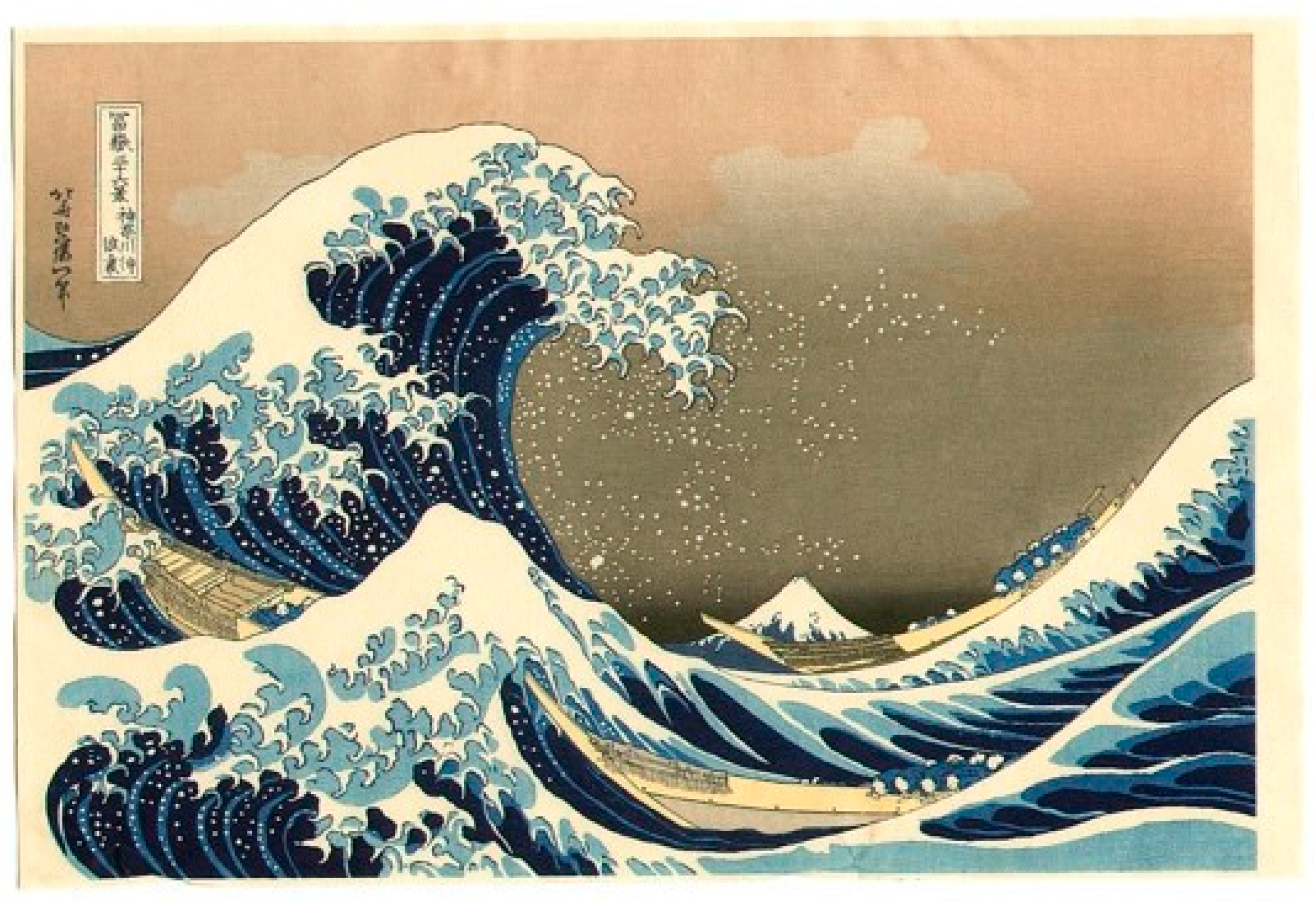
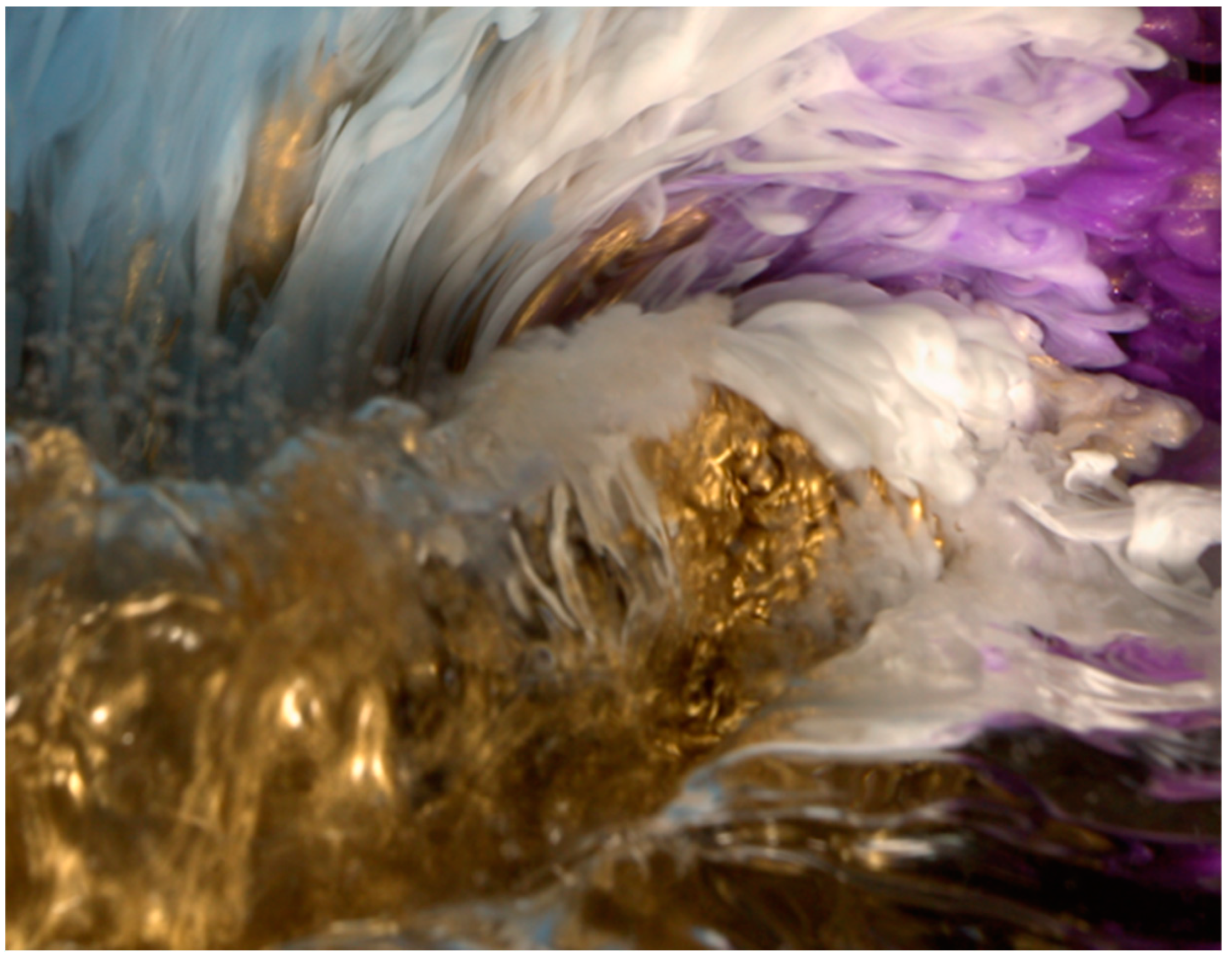
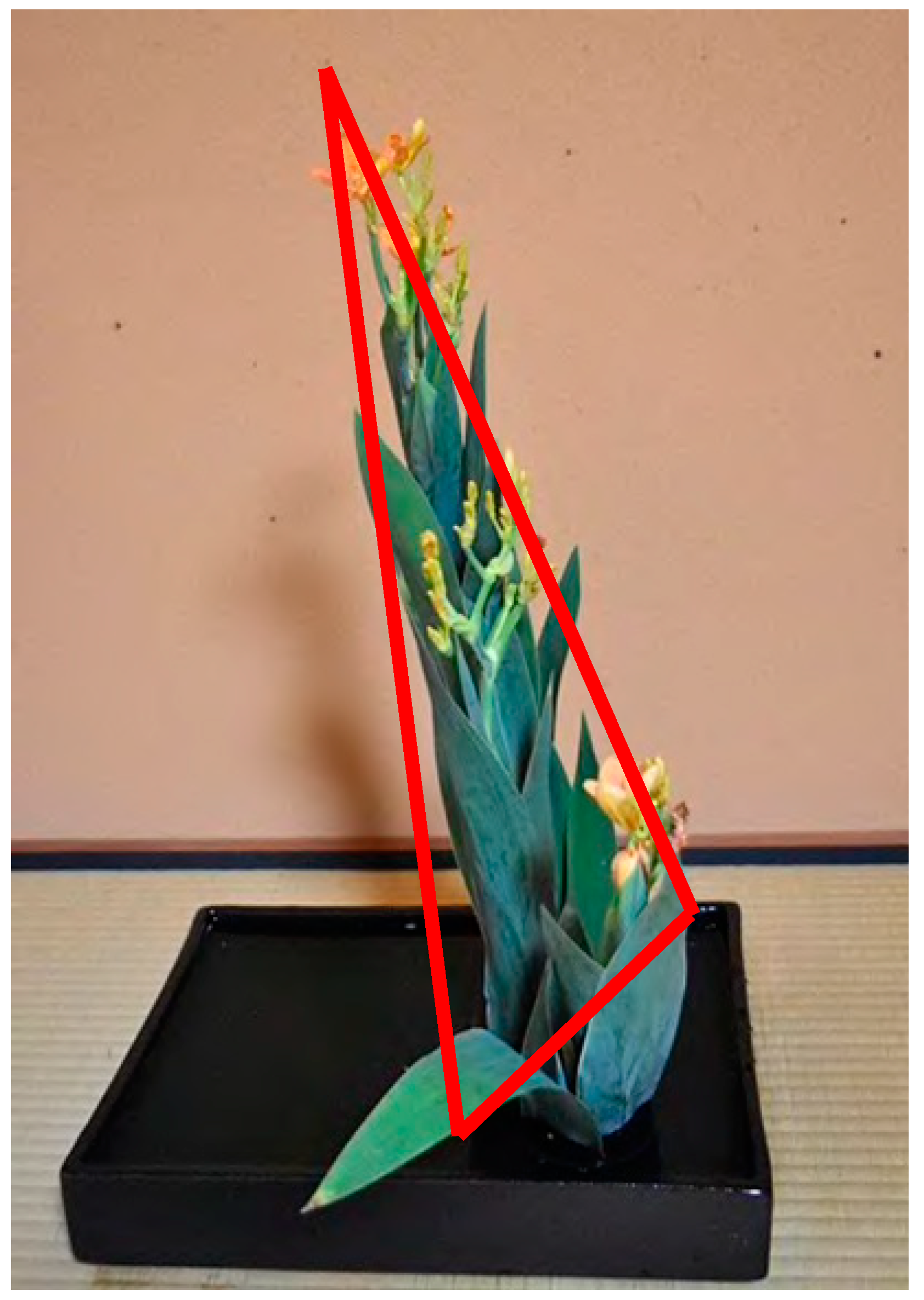
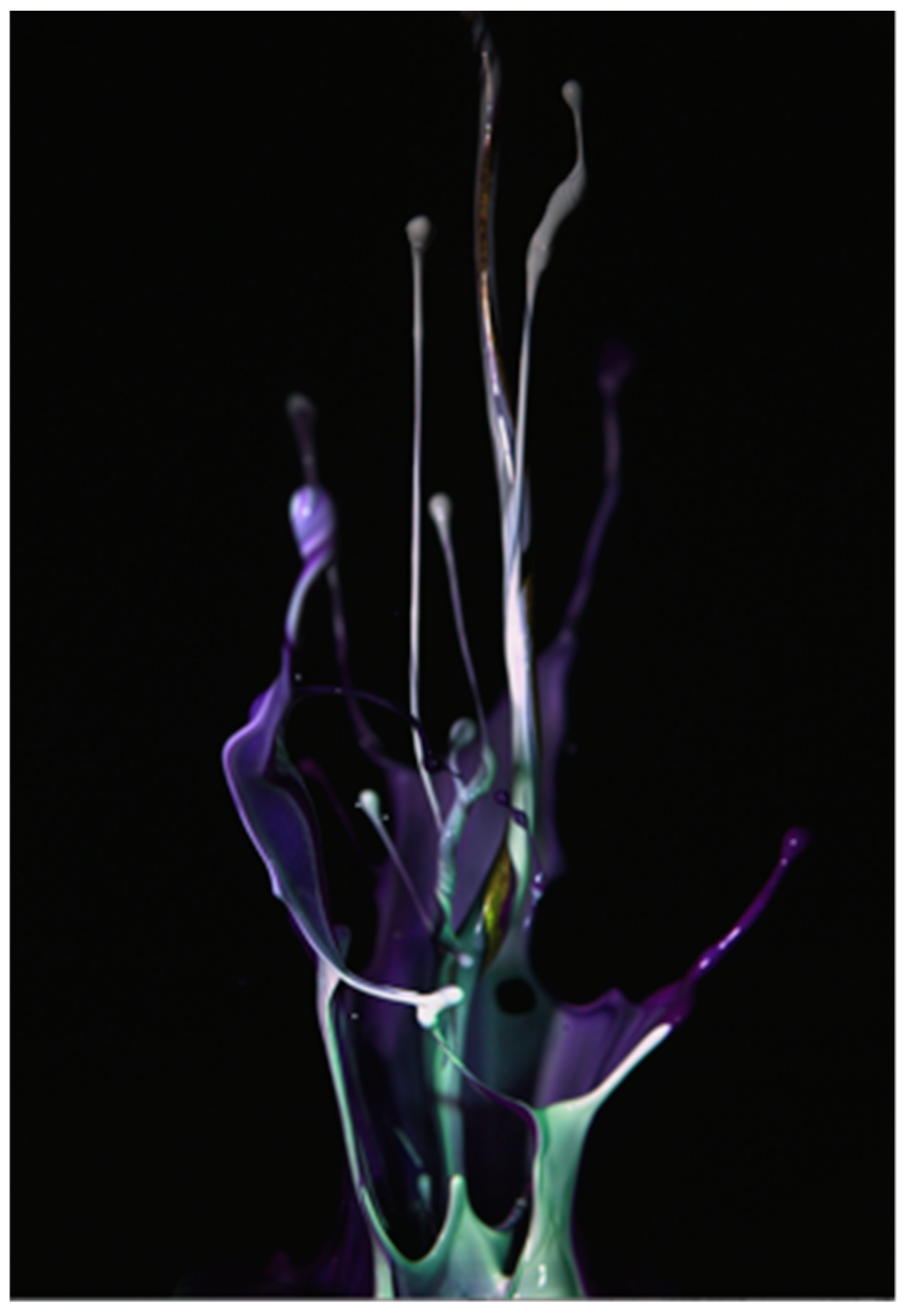


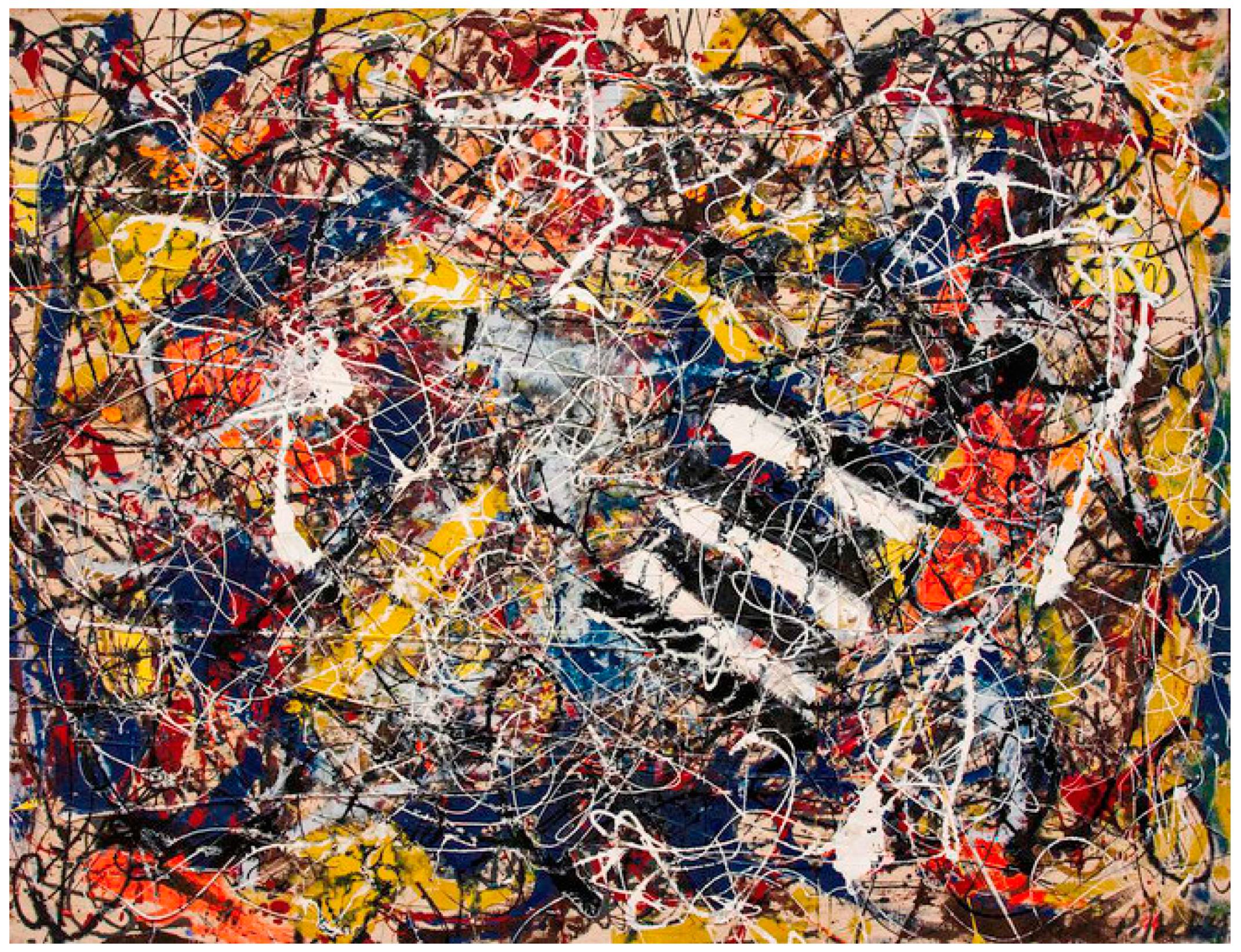
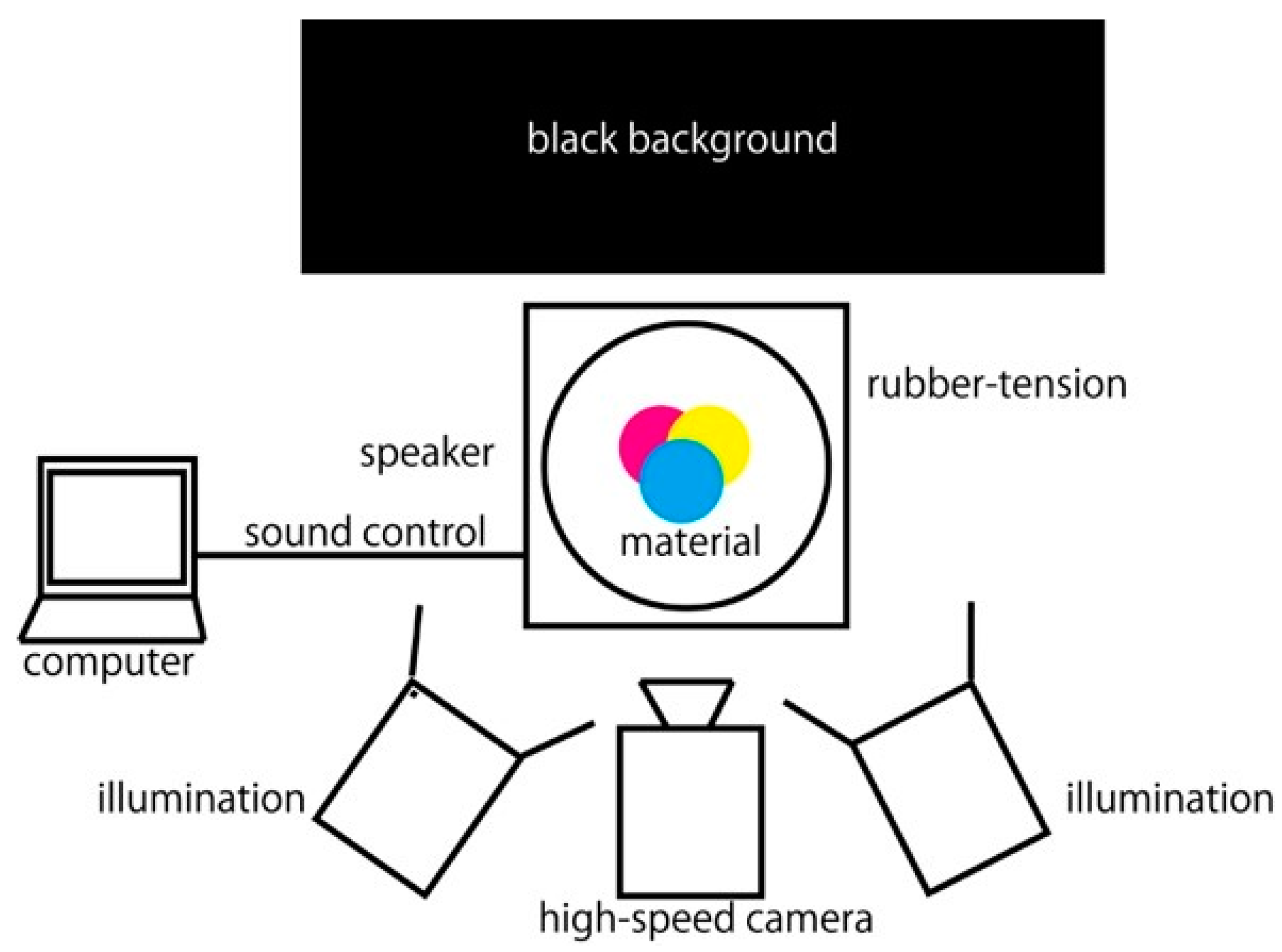
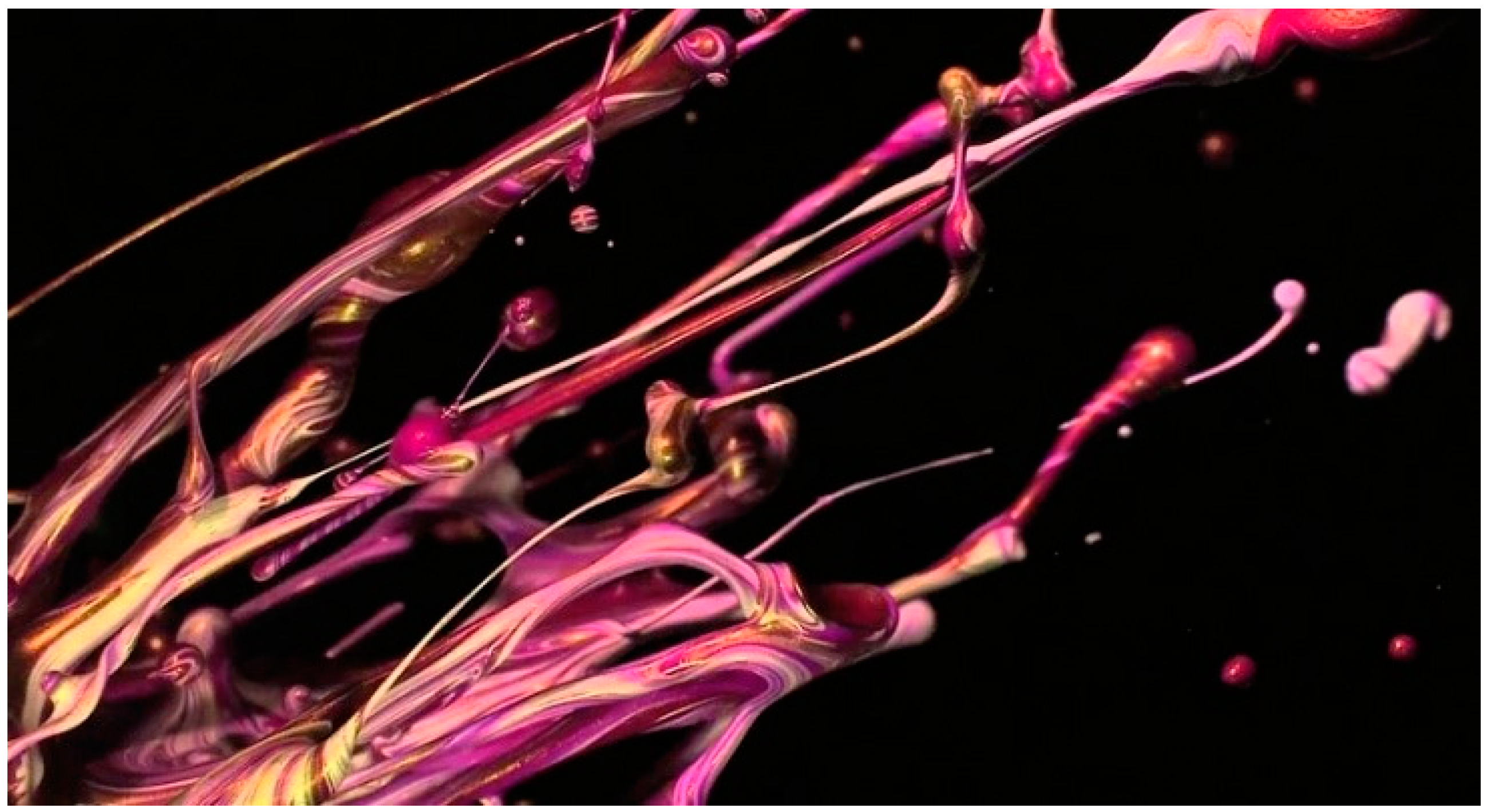
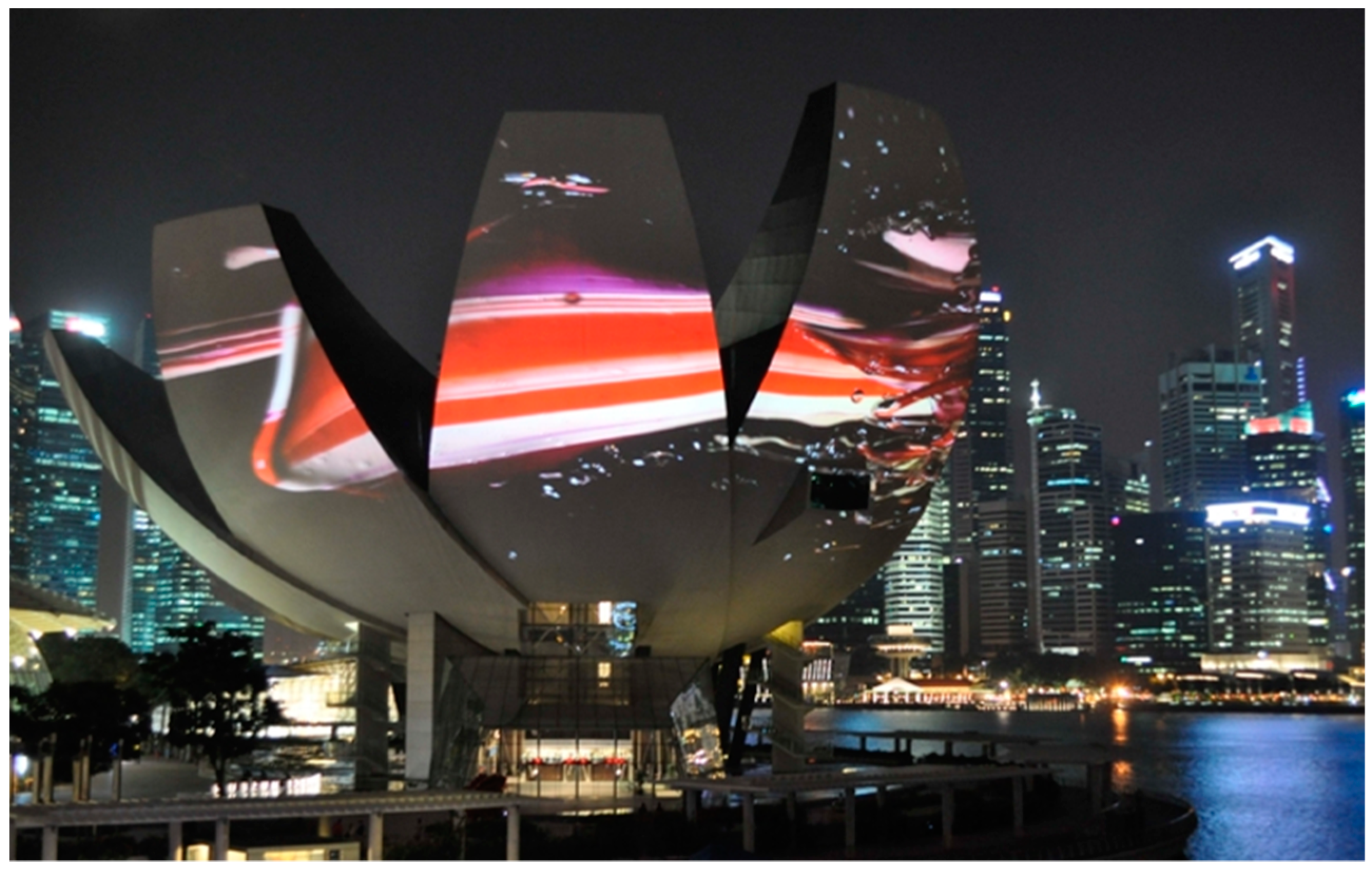
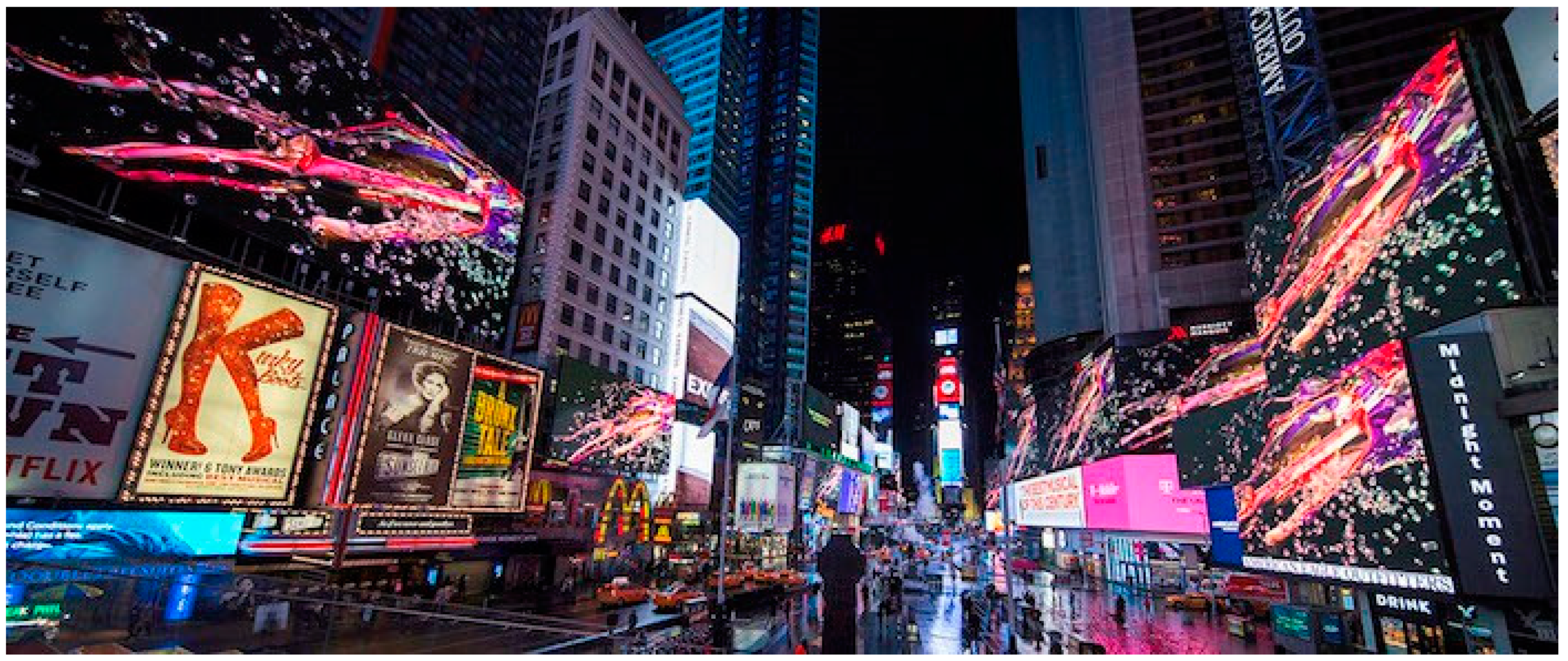
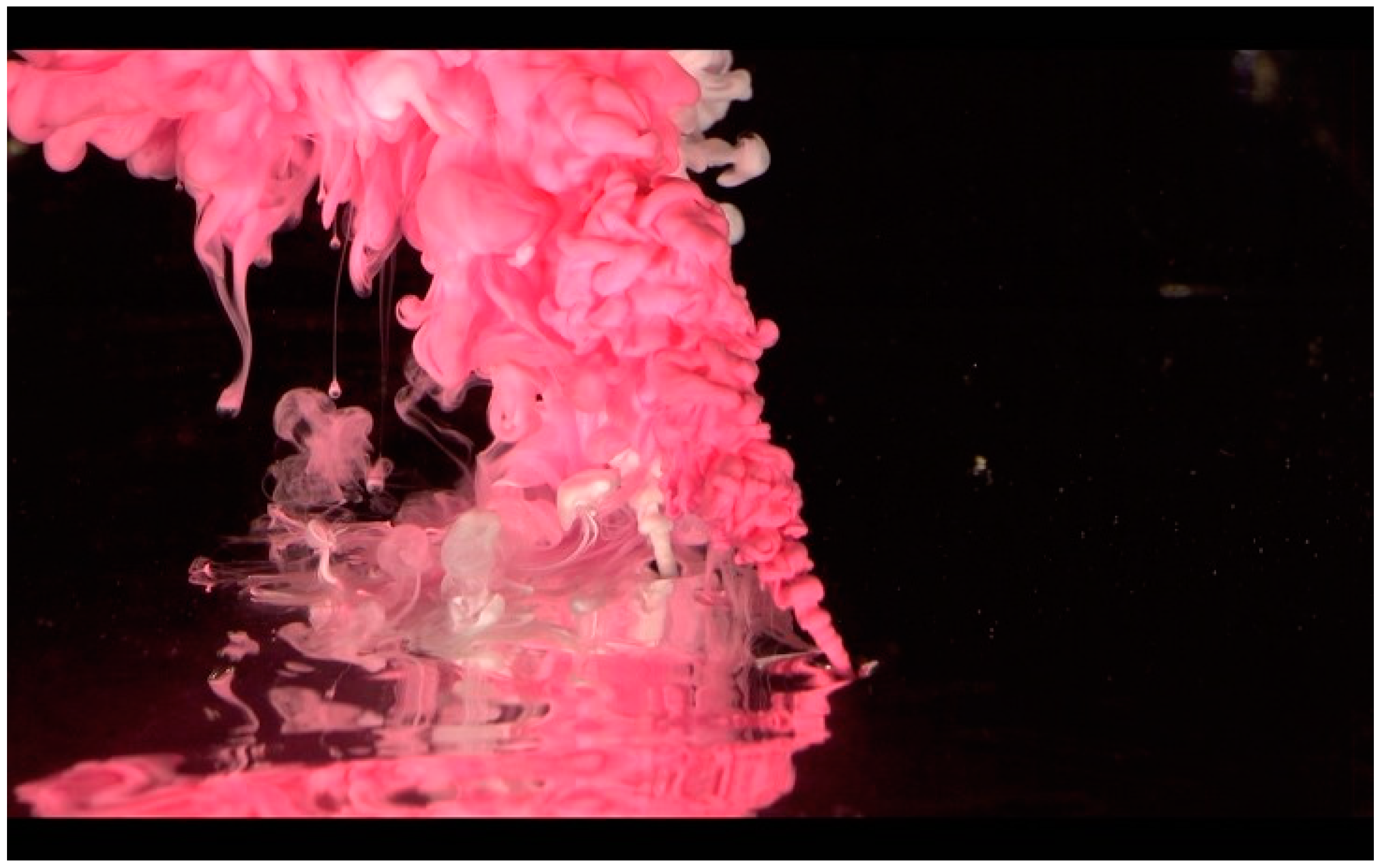
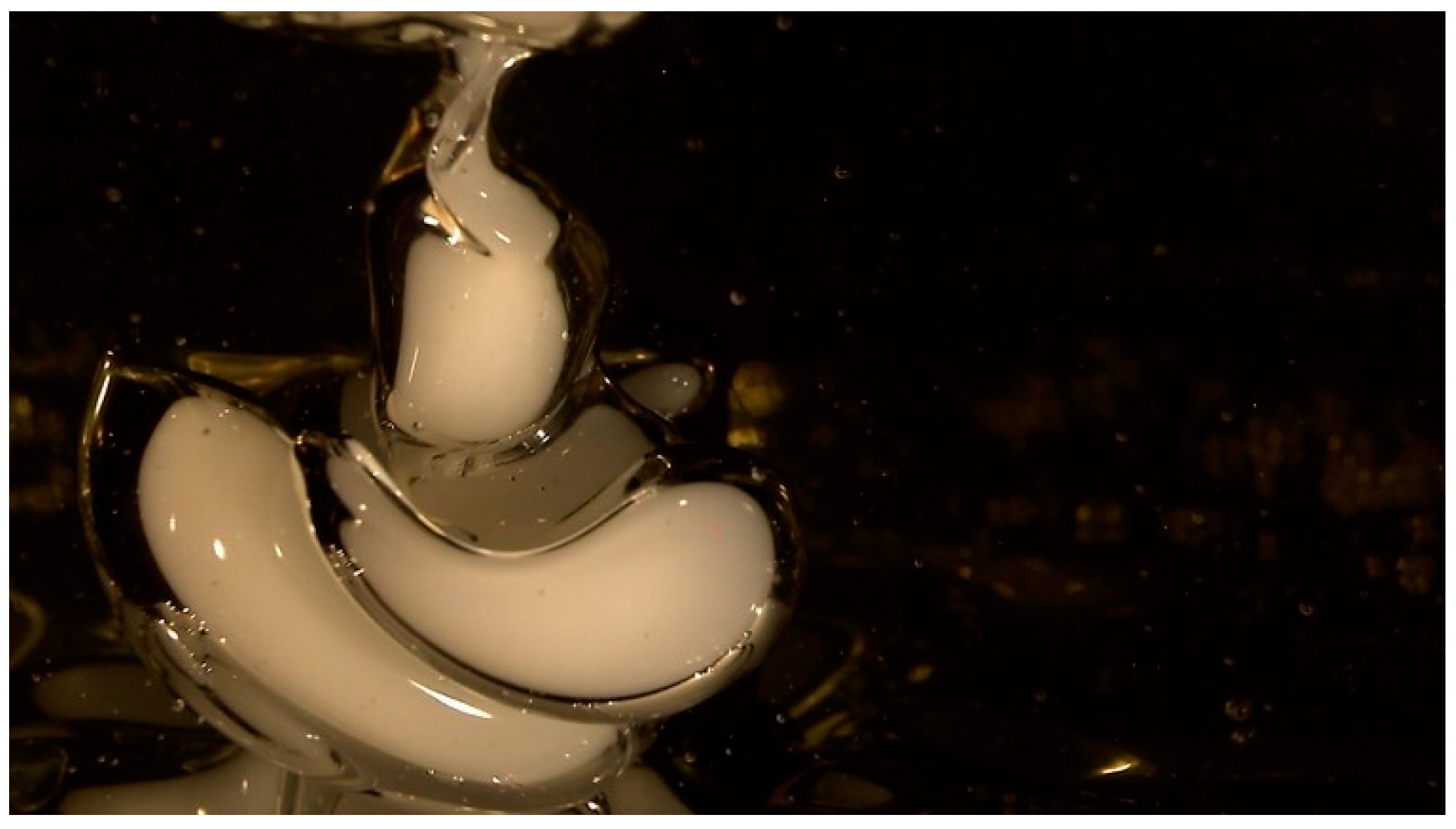
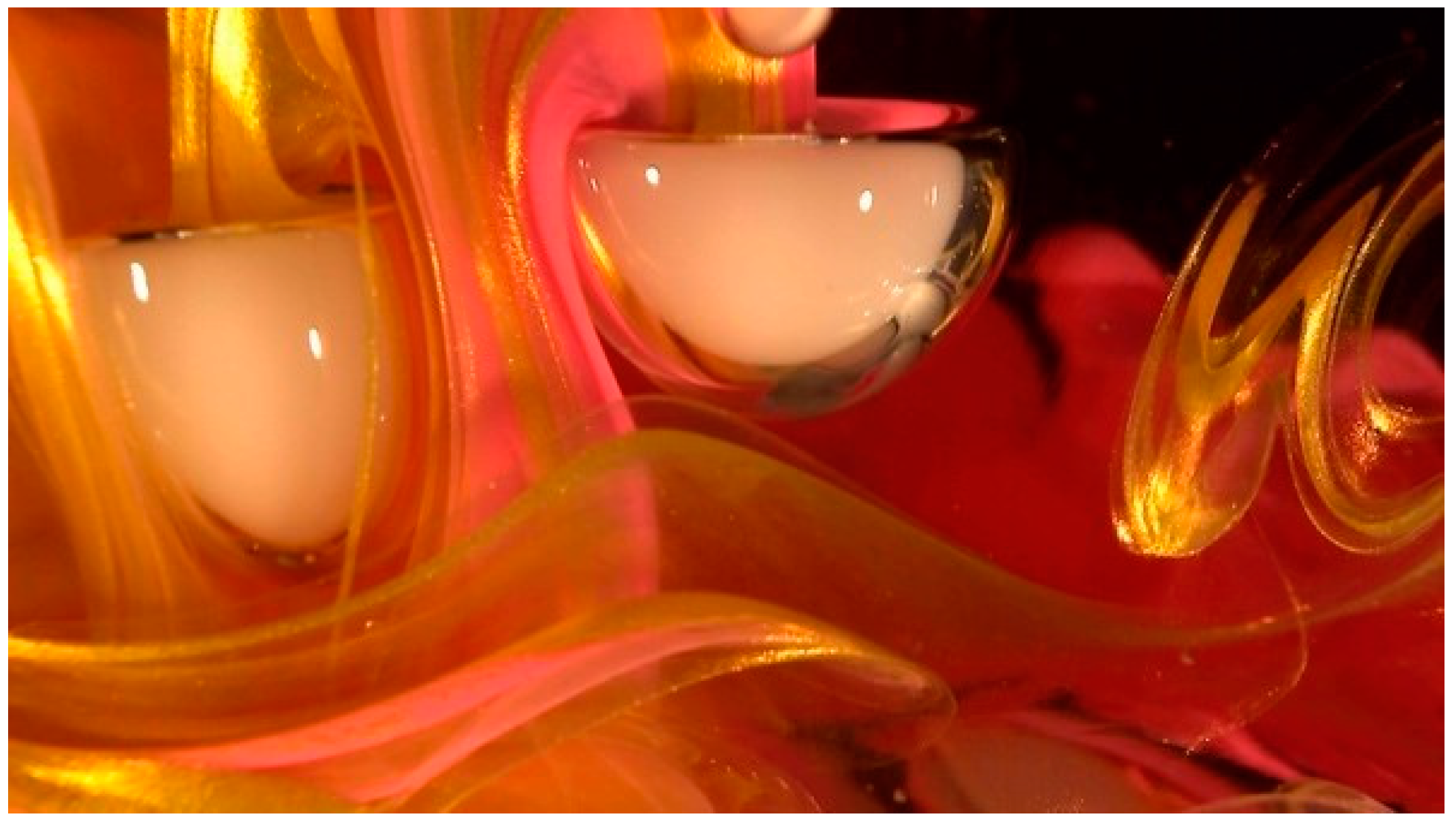
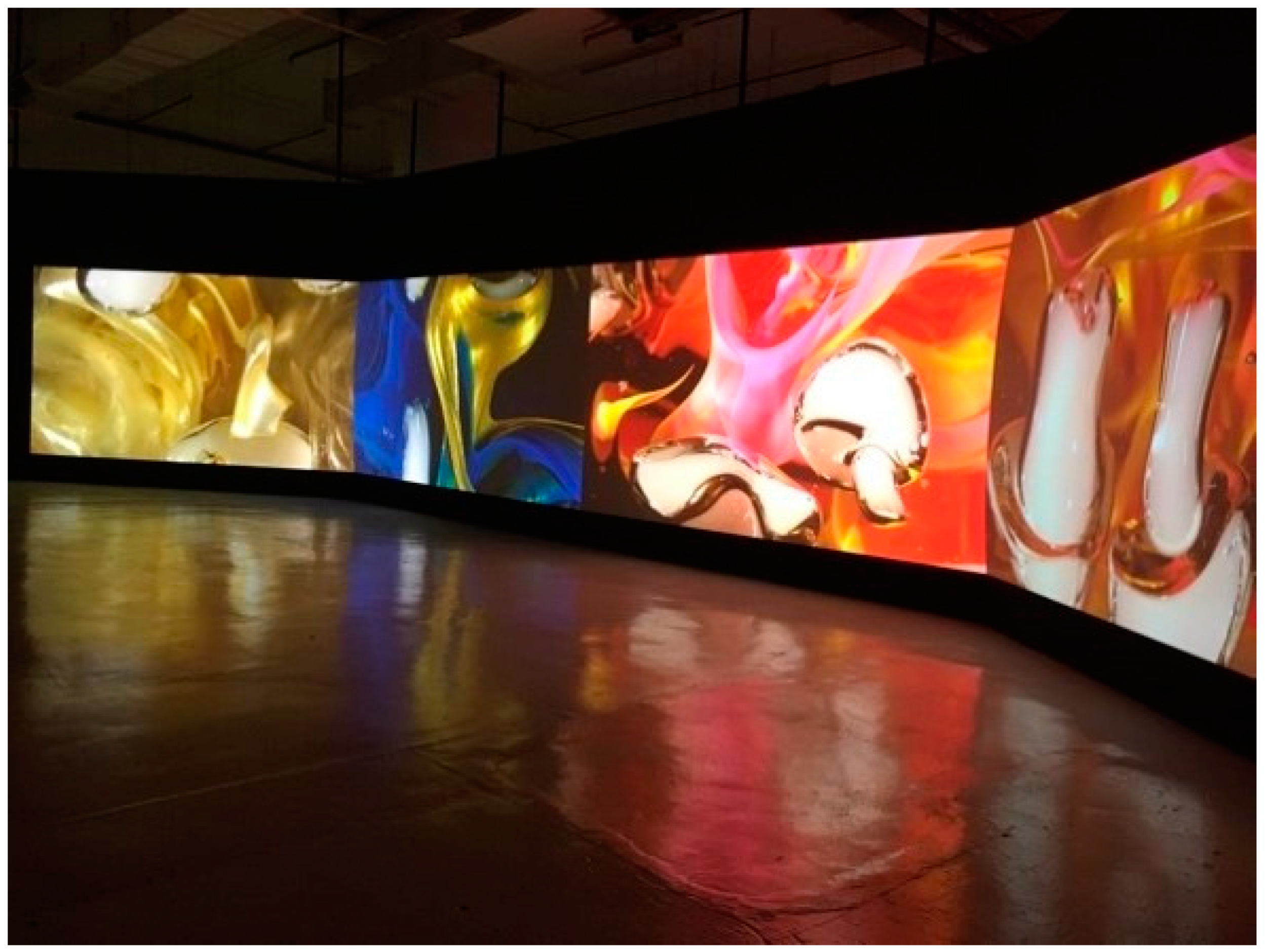
© 2019 by the authors. Licensee MDPI, Basel, Switzerland. This article is an open access article distributed under the terms and conditions of the Creative Commons Attribution (CC BY) license (http://creativecommons.org/licenses/by/4.0/).
Share and Cite
Tosa, N.; Pang, Y.; Yang, Q.; Nakatsu, R. Pursuit and Expression of Japanese Beauty Using Technology. Arts 2019, 8, 38. https://doi.org/10.3390/arts8010038
Tosa N, Pang Y, Yang Q, Nakatsu R. Pursuit and Expression of Japanese Beauty Using Technology. Arts. 2019; 8(1):38. https://doi.org/10.3390/arts8010038
Chicago/Turabian StyleTosa, Naoko, Yunian Pang, Qin Yang, and Ryohei Nakatsu. 2019. "Pursuit and Expression of Japanese Beauty Using Technology" Arts 8, no. 1: 38. https://doi.org/10.3390/arts8010038
APA StyleTosa, N., Pang, Y., Yang, Q., & Nakatsu, R. (2019). Pursuit and Expression of Japanese Beauty Using Technology. Arts, 8(1), 38. https://doi.org/10.3390/arts8010038




